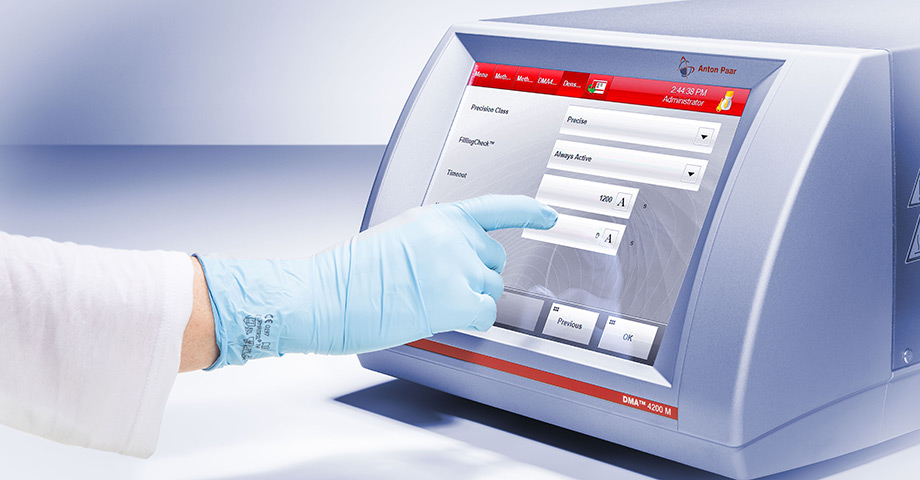

Dynamic Mechanical Analysis measures the mechanical properties of materials as a function of time, temperature and frequency. The DMA Dynamic Mechanical Analyzer features unique technology to provide the highest level of performance, versatility and ease of use.

Dynamic Mechanical Analysis State-of-the-art non-contact, linear drive motor technology provides precise stress control in our DMA instruments. Ultra precision optical encoder Dynamic Mechanical Analysis technology is used to measure tension, and air handling technology guarantees virtually frictionless motion. Dynamic Mechanical Analysis The DMA device operates over a wide temperature range (-150 to 600 ° C) and provides multiple deformation modes including double / single console and 3 point bending, tension, compression and cutting. The clamps are individually calibrated for data accuracy, and their elegant yet simple design facilitates sample assembly.
ÊUROLAB uses TA INSTRUMENTS 1640 to perform DMA according to ASTM E2980 using single and double cantilever beam and three point bending techniques. It is most useful to observe the viscoelastic nature of polymers. Two methods are currently used: one is the breakdown of free oscillations and the other is forced oscillation. Free-swing techniques involve applying force to a sample and oscillating after the force is removed. Forced oscillations include the constant application of a force to the sample. An oscillating force is applied to a material sample and the resulting displacement is measured. This method is the most widely used method today. Samples may be solid or molten. Most solids are tested with linearly applied strains, and melt or liquids are normally tested by shearing.
The sample is deformed under load. From this, the hardness of the sample can be determined and the sample module can be calculated. It is possible to determine the damping properties of the material by measuring the delay time compared to the force applied in displacement. The time delay is reported as a phase delay, which is an angle. Damping is called tan delta because it is reported as the tangent of phase delay.
To get an appointment, to get more detailed information or to request an evaluation, you can ask us to fill in our form and reach you.